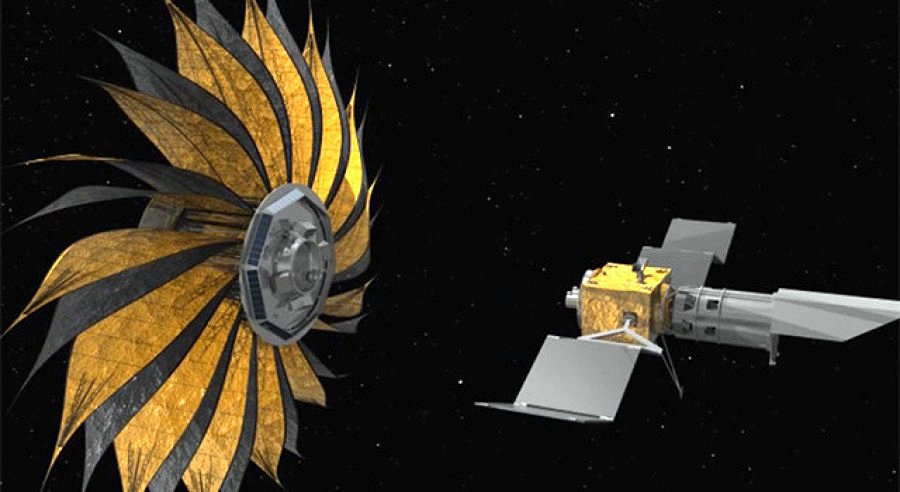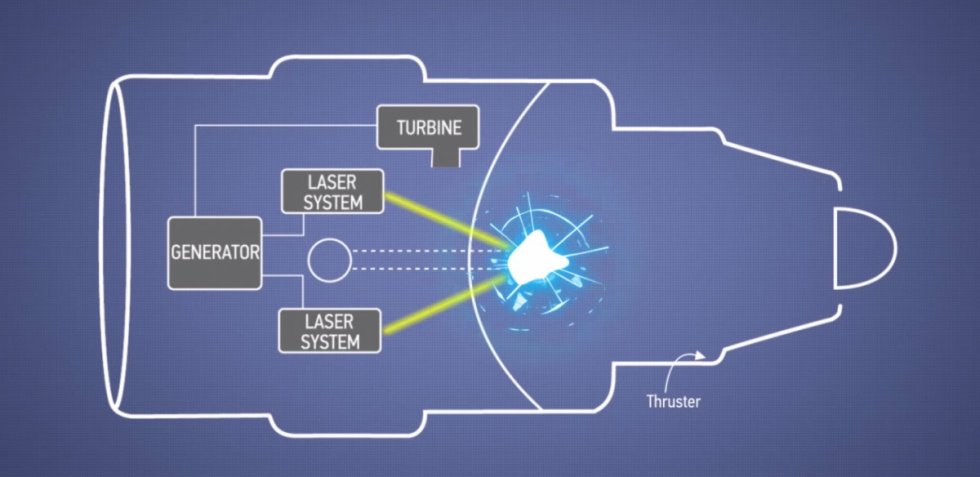It’s impossible until it’s done !
– Nelson Mandela
…and it’s done ! India sets a world record by launching 104 satellites in a single launch; just one go !
About PSLV-C37 / Cartosat-2 series Mission :-
The satellites were carried by ISRO’s Polar Satellite Launching Vehicle (PSLV-C37) on 15th February 2015 at 9:28 AM IST. PSLV-C37 was lifted off from the launchpad at Satish Dhawan Research Centre(SDSC) SHAR, Sriharikota.
In June 2016, India set a national record of launching 20 satellites in a single launch ! 20 now seems such a small number compared to 104 !
There’s a pretty much wide gap between ISRO & the next record holder, Russian Space Agency , which launched a total of 37 satellites in 2014 ! Indeed this was a giant leap for the space agency & they’ve celebrated their success ! 🙂
About Satellites :-
The PSLV-C37 carried –
1 Cartosat-2 series satellite(714 kg) from India
2 nano satellites, INS-1A & INS-2B also from India
1 nano satellite from Kazakhstan
1 nano satellite from Israel
1 nano satellite from The Netherlands
1 nano satellite from Switzerland
1 nano satellite from United Arab Emirates(UAE) & a whooping
96 satellites from United States of America(USA)
which sums up to 104 satellites together weighing 1377 kg !!!
“Cartosat -2 will provide remote sensing services similar to that of its predecessors while INS-1A and INS-1B are envisioned for future science and experimental payload”, says ISRO.
ISRO Satellite Centre director, Mayilsamy Annadurai after the massive success says,
We can hit centuries like cricketers !
Heh, that brought a smile on my face 🙂
After such a huge success, Elon Musk aka. real life Iron Man, founder of SpaceX, Paypal & Tesla Motors, didn’t hesitate to congratulate & praise ISRO on their major feat.
He said, “Yeah, awesome achievement by ISRO. Very impressive ! They are doing India proud !”
Did you know ?
ISRO’s Mars Orbiter Mission(MOM) in 2013 cost just $73 million, compared with NASA’s Maven Mars mission which had a $671 million price tag ! This means that ISRO managed to spend only Rs 7 /km for the journey to Mars !
Watch PSLV-C37 Lift off & satellites separation shot by an onboard camera video !
ISRO is now preparing for it’s GSLV missions & getting ready for the Chandrayaan-2 mission launching next year ! To all the space agencies out there –
“Brace yourselves, ISRO is coming !”
All image credits:- ISRO














